Stroll into a new-car showroom and you’ll struggle to spot anything that isn’t turbocharged. Well, unless it’s electric. Even Porsche has succumbed: every new 911 apart from the GT3 uses forced induction.
Where does that leave the 911 Turbo? Well, despite all this high-velocity hot air, the ‘proper’ Turbo remains something special – and rarely more so than in 996 guise. Indeed, the 2000-2005 996 Turbo may be the best value used 911 you can buy.
The car we drove was an immaculate 2001 example, kindly loaned by leading Porsche specialist Autofarm – and now sold.
What are its rivals?
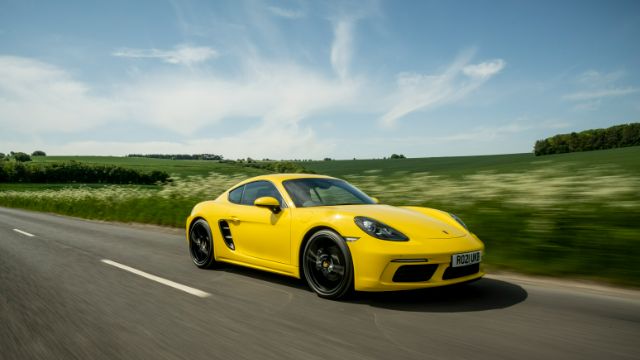
The £50,000 you will pay for a nice 996 Turbo is near-as-dammit the price of a new Porsche 718 Cayman. The entry-level 300hp Cayman is less than a second slower to 62mph than the 420hp 996, and 24 years of chassis development mean there is scant difference in cross-country pace. With an ‘average’ driver at the wheel, the young pretender is probably just as quick.
However, while the 718’s three-year warranty certainly appeals, you pay dearly for that peace of mind. A Cayman will lose around half of its value after three years and 60,000 miles. Over the same period, a 996 may well appreciate in value, perhaps significantly so. A few years ago, you could pick up a Turbo for less than £20,000; now £35,000 is a realistic starting point.
If you fancy an older, air-cooled 911, you’ll have to settle for a Carrera – don’t expect to find a Turbo for less than £50,000. Prices for the 996’s predecessor, the 993 Turbo (1995-1998), have gone supernova: the best examples now nudge £200,000.
Which engine does it use?
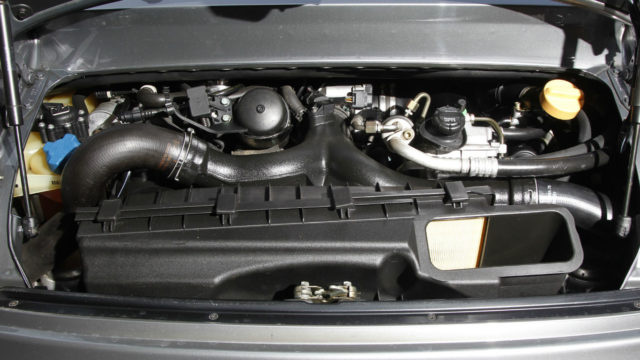
Two bits of good news. Firstly, the Turbo uses a derivative of the legendary Mezger engine, as found in the 911 GT1 Le Mans racer and 996 GT3. Secondly, that means it doesn’t have the M96 motor found in most 996s, which is notorious for costly intermediate shaft (IMS) bearing failures.
With six-speed manual gearbox as here, the 3.6-litre flat-six is good for 0-62mph in 4.2 seconds and a VMAX of 189mph. Opt for the five-speed Tiptronic auto and those figures drop to 4.9 seconds and 185mph respectively.
Porsche offered an ‘X50’ upgrade pack that boosted power to 450hp and reduced the 0-62mph time to 4.0 seconds. This effectively became the Turbo S in 2005, shortly before the 996 was discontinued.
What’s it like to drive?
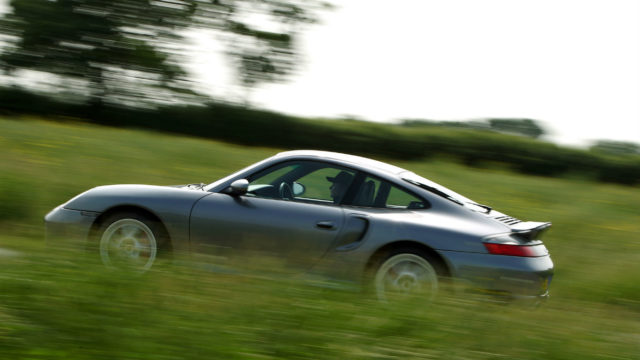
Close your eyes while driving a 996 Turbo (actually, please don’t) and you could be in a modern car. Its controls are light, but beautifully-weighted, its suspension feels supple and refinement is genuinely impressive.
There’s nothing old-fashioned about its performance either. The seamless shove becomes a torrent of turbocharged torque once the blowers spool up beyond 3,000rpm. It feels gut-punchingly, head-spinningly fast.
Four-wheel-drive traction and a benign yet biddable chassis make the 996 ruthlessly rapid in real-world conditions. On narrow British B-roads where a Ferrari might intimidate, the Porsche inspires calm confidence. And, unlike older 911s, the 996 Turbo doesn’t bite back.
Criticisms? The water-cooled six lacks the heavenly high-rev howl of its air-cooled ancestors. And the brakes don’t have the vice-like bite of a newer Porsche. But we’re nitpicking: this is still a fabulous driver’s car.
Reliability and running costs
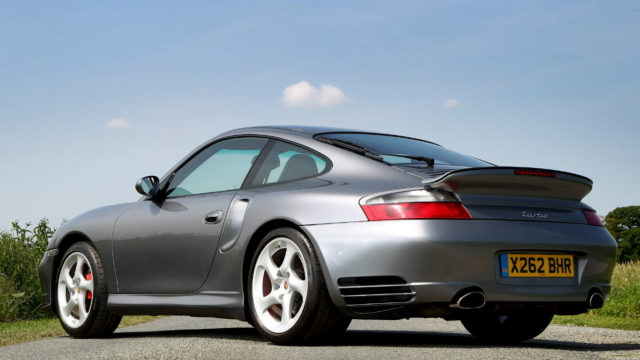
A 996 Turbo should be cheaper to run than most cars with equivalent performance, particularly if you use an independent Porsche specialist such as Autofarm.
Nonetheless, you should budget at least £5,000 a year for servicing and maintenance, including regular oil changes (at least once a year), new spark plugs every 24,000 miles and a new clutch every 40,000 miles. Be wary of cars with the optional carbon ceramic brakes, which were standard on the Turbo S. They last a long time, but cost many thousands to replace.
Official fuel economy for the 996 Turbo is 21.9mpg, so you can also expect to be visiting petrol stations on a regular basis.
Could I drive it every day?
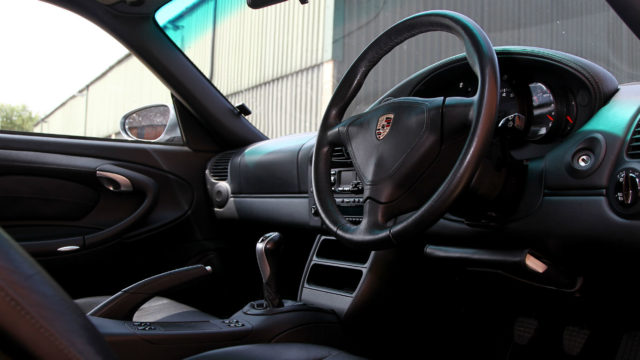
The 911 Turbo hasn’t earned its ‘everyday supercar’ nickname by accident. In stop-start traffic or even on the school-run (it has four seats, right?), the 996 is as docile as an Andrex puppy. Equally, on a foggy February morning, when few supercars venture beyond their air-conditioned garages, the four-wheel-drive Turbo is sure-footed and safe.
Where the 996 really feels its age is inside. Ergonomics are good – far better than the haphazard 993, in fact – but there’s an abundance of hard, scratchy plastics. The media system looks very dated now, too. Jumping from this into a new 992 is like trading your Nokia 3210 for an iPhone 15.
How much should I pay?
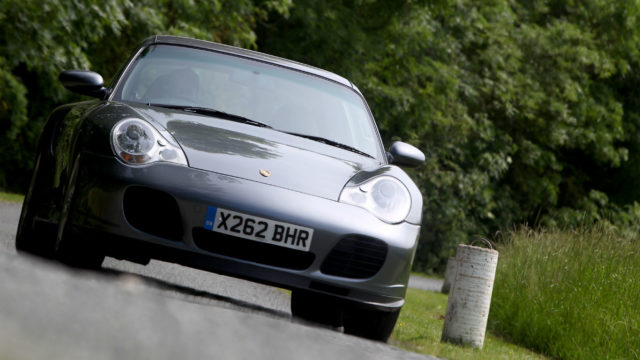
Prices start at around £30,000 for early cars with mileages into six figures. At the opposite end of the scale, expect to pay £75,000 for a mint Turbo S.
Any Porsche 911 has investment potential – and the potential for big bills. So buy the best 996 Turbo you can, focusing on service history and condition rather than mileage. We strongly advise getting a professional inspection before you buy, too.
What should I look out for?

Mikey Wastie is the co-owner of Autofarm and an expert on all things 911. Here are his top tips for buying a 996 Turbo:
1. Make sure it has a good service history. You’ll want to see invoices to back up the services, and ensure the stamps are credible ones. Turbos are lovely cars, but costs can add up if they’re not maintained properly.
2. The left-hand turbo control valve link rod corrodes and can stop the wastegate functioning – thus there is no overboost safety. Look out for boost issues: intercooler hoses can blow off and the plastic diverter valves can fail. Some cars have billet alloy ones fitted.
3. Check for rattling heat shields over the turbochargers.
4. Radiators have similar blocking-up issues to the naturally-aspirated 996s. However, they don’t seem to happen so soon as the radiators are at slightly different angles. The bumper also has a tighter grille that stops larger leaves.
5. Rust may be found under or around the bonnet latch, plus around both door striker catches on the rear wings. Look for the door-shut decal being masked over and painted around.
6. Corrosion can form on the curved edge of the Turbo alloy wheels from brake dust erosion.
7. As the cars are heavier and braking tends to be harder, we’ve found that standard, non-genuine discs and pads are not robust enough, possibly causing brake judder.
Should I buy one?
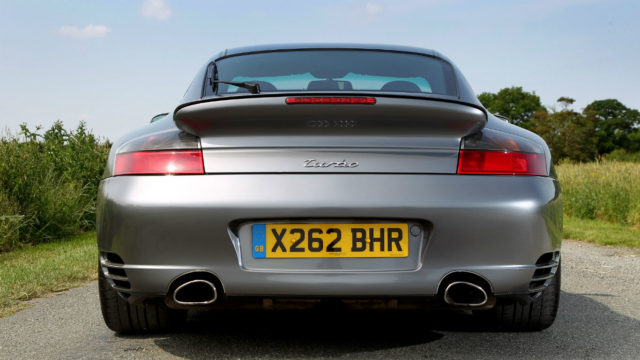
Older cars invariably look cool and offer classic kudos. However, they’re often – whisper it – quite disappointing to drive. Not so the 996 Turbo. Of all the Retro Road Tests we’ve written, this was among the most surprising.
Maybe our view had been tainted by Porsche purists, who look down on the 996 as inferior to the earlier, air-cooled cars. Objectively, the exact opposite is true: few cars even today are so capable, so crushingly competent.
For some, that breadth of ability equates to dearth of character, at least when compared with the quirky 911s of old. Judge the 996 Turbo on its own merits, though – as a car to own and live with, as well as to drive – and little else comes close.
So, should you buy one? Absolutely. Prices are creeping upwards, but the 996 Turbo is still a bargain in the big-money world of classic 911s. Get one while you still can.
Pub fact

The Porsche 996 is familar to five-year-olds everywhere as Lightning McQueen’s girlfriend – and a star of Pixar’s Cars films. The character of Sally Carrera is based on 2002 911 Carrera (not a Turbo, sadly), albeit with a shorter wheelbase and more upright windscreen.
Sally was originally going to be a classic 911, but Porsche convinced the animators to use an up-to-date car. The photo shows a real-life ‘Sally’, created for promotional duties.
ALSO READ:


